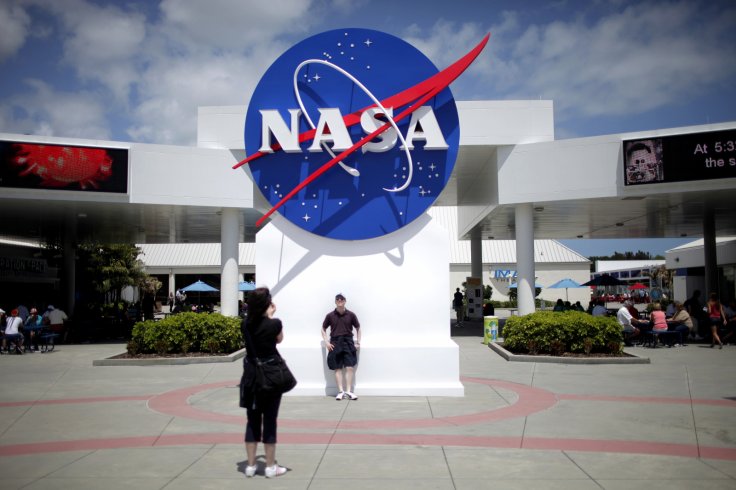
A group of scientists have confirmed about the latest discovery of 100 new exoplanets, located outside our solar system.
The recent finding was based on the data from the second mission of NASA's Kepler Space Telescope aka K2, which was released in 2014.
K2 searches for exoplanet transits by registering dips in light caused by the shadow of an exoplanet as it crosses in front of its host star.
According to the study, the researchers found that some of the signals were caused by multiple star systems as well as from the spacecraft noise.
But researchers also claimed that they have detected planets that range from sub-Earth-sized to the size of Jupiter and larger and among those stars one was orbiting a very bright star.
"We validated a planet on a 10-day orbit around a star called HD 212657, which is now the brightest star found by K2 missions to host a validated planet," said the lead author and a doctoral student at the National Space Institute (DTU Space) at the Technical University of Denmark, Andrew Mayo.
The research work, which was published in Astronomical Journal, stated that the team started out analyzing 275 candidates of which 149 were validated as real exoplanets.
Mayo mentioned that among the recently found planets, 95 of them are new discoveries.
The Kepler spacecraft was first launched in 2009 to hunt for exoplanets in a single patch of sky. But due to a mechanical failure in 2013, the entire process had to be stopped.
However, astronomers and engineers devised a way to repurpose and save the space telescope by changing its field of view periodically. This solution paved the way for the follow up the K2 mission.
The study said that adding the newly discovered exoplanets brings the total number of exoplanets by the K2 mission to almost 300.
In 1995, for the first time astronauts discovered a planet, orbiting a star like Sun. But by the 21st century, around 3,600 exoplanets have been found, ranging from rocky Earth-sized planets to large gas giants like Jupiter.
(With inputs from IANS)









